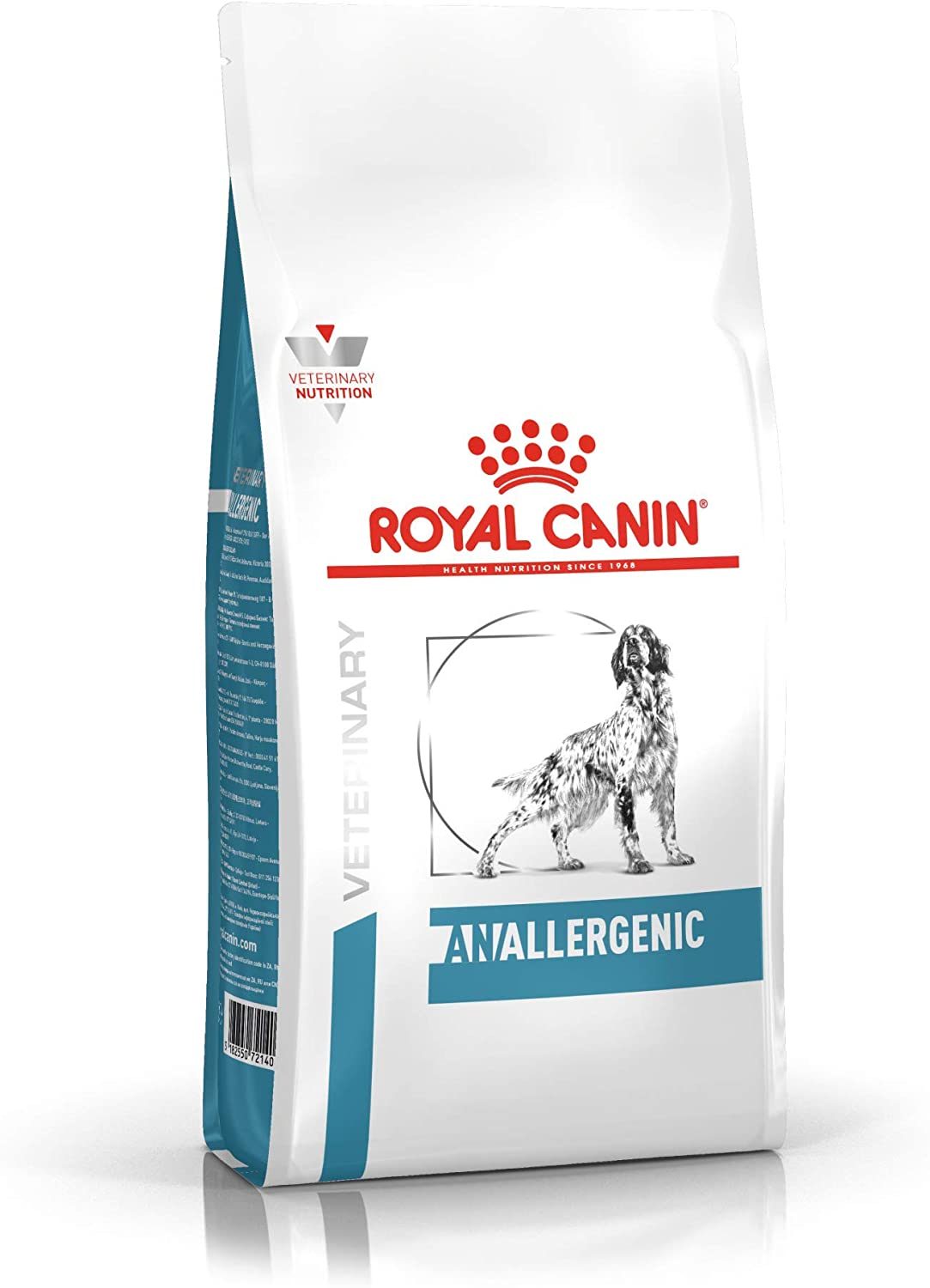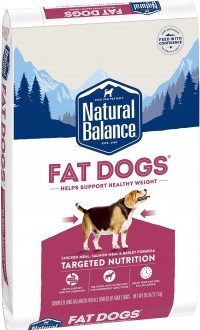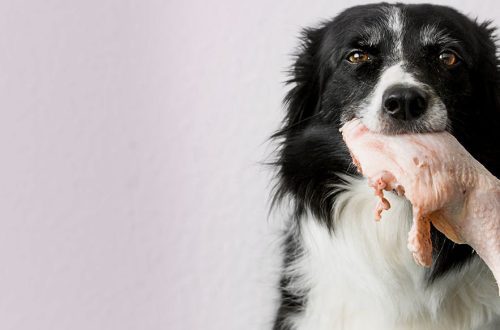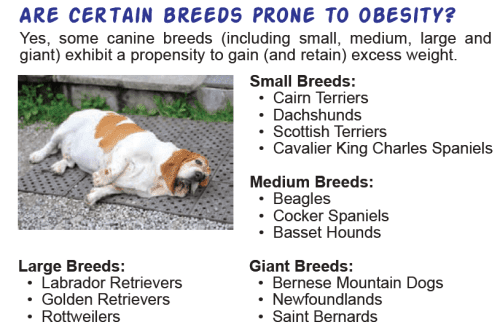
Hypoallergenic dog food
Different sources of allergies
Quite often, the main cause of allergies in dogs are bites. fleas. The saliva of parasites causes an allergic reaction, this disease is called flea dermatitis. Thus, the first thing the owner of the animal should do, noticing that the pet itches, is to contact the veterinarian and conduct an examination. However, even if fleas were not found on the dog’s body, flea dermatitis cannot be ruled out, since it develops after a bite (by this time the insects can already be removed from the coat).
Concerning food allergies, then here you need to understand: allergy is not a sign of the diet, but an individual property of the dog itself. To clarify this statement, I will give the example of a person and an orange. If a person is allergic to citrus fruits, this does not mean that they are bad and should not be eaten. On the contrary, they are useful and serve as an invaluable source of vitamin C. It’s just that an individual person is unlucky, as his immune system has individual characteristics and reacts to this fruit. So an animal can be highly sensitive to the protein ingredients in the feed, and that’s the whole point.
And if so, then the dog needs to choose a different diet, which does not contain a component that causes an allergic reaction in it. You don’t have to give up food completely.
Not a panacea
So, if a food allergy is detected in a pet, the owner needs to find a suitable diet for the animal.
The obvious solution is to pay attention to hypoallergenic foods. Their peculiarity is that in the manufacture of such feeds one or more protein sources are used, which are rarely found on the market. Here, manufacturers follow this logic: if a dog is allergic to food, it should be given a diet with ingredients that are rarely found in ready-made foods.
The most common feed ingredients are chicken and wheat, therefore, in hypoallergenic diets, these ingredients are replaced with others – for example, duck, salmon, lamb meat.
Of course, this does not mean that chicken and wheat are dangerous ingredients. On the contrary, they are well suited for most dogs, however, they can cause an allergic reaction in some individuals due to the characteristics of the latter’s body. Hypoallergenic foods are in the line of brands Monge, 1st Choice, Brit, Royal Canin and others.
It is important to note that hypoallergenic foods are not a panacea for allergic reactions. They can only reduce the likelihood of their occurrence, which is why they are called hypoallergenic – from the Greek word meaning “under”, “below”.
An explanation is also needed here. If the dog’s allergy goes away when the food is replaced with the ingredient that is believed to be causing the reaction, then it was an allergy to that ingredient. And in the future, the pet should be given food without it in the composition in order to exclude allergies. If the reaction continues to occur, then its cause is not in the specified ingredient.
To be sure
However, there are also diets on sale that are generally not capable of causing a food allergy in a dog. These are analergenic foods – for example, Royal Canin Anallergenic.
They are already produced according to a different logic, when the protein source is not so important: it can be chicken, salmon, lamb, and other meats. Technology matters here: protein molecules are split into such small parts that they are not perceived by the animal’s immune system as allergens.
Interestingly, such foods are often used by specialists to determine if a dog has a food allergy. If the manifestations disappear, it means that the pet had a food allergy. If they persist, then the dog is allergic to some other components: drugs, drugs, toys, flea saliva, or something else.
Photo:





